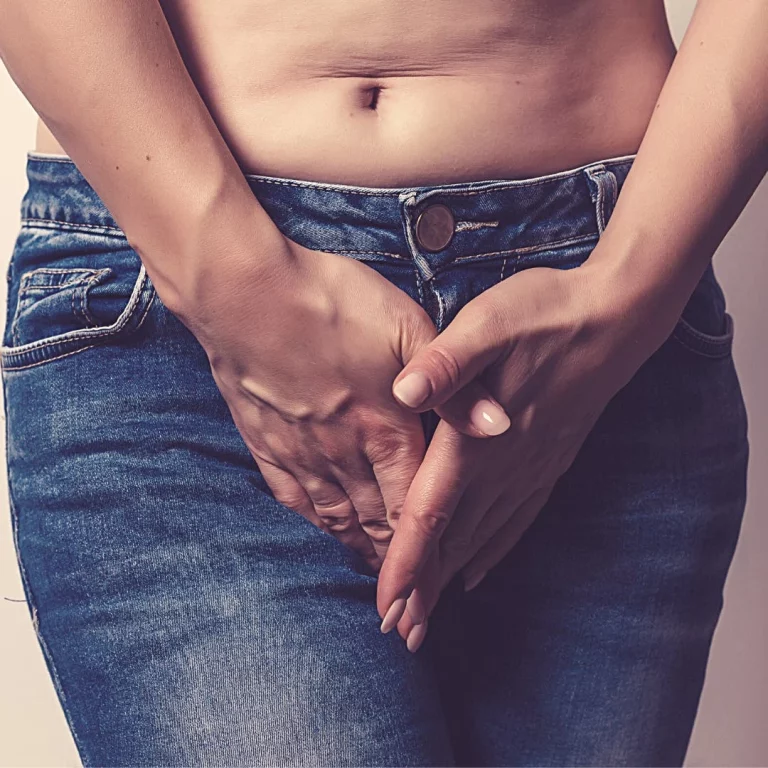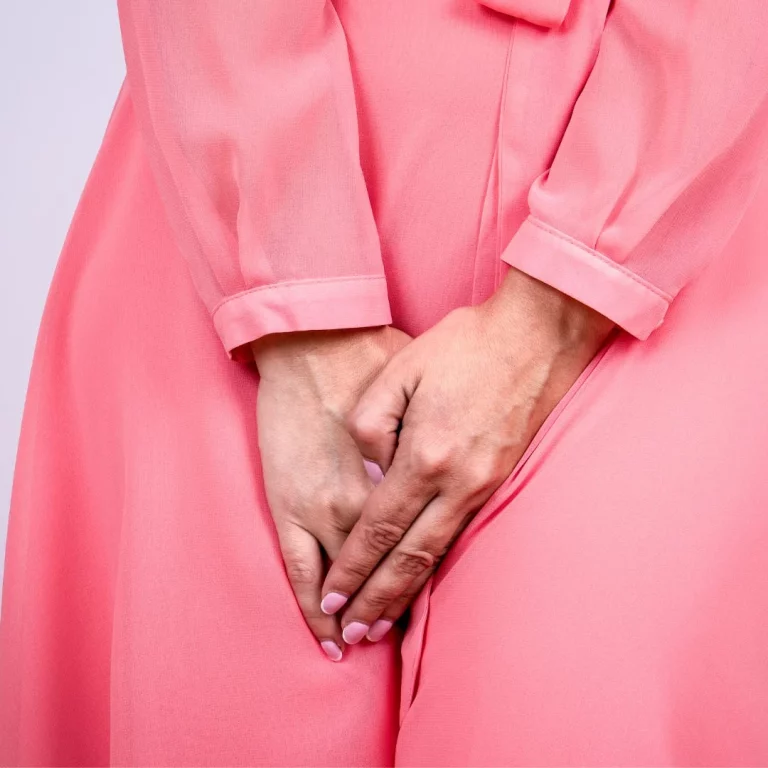Urethral Bulking Agents For Urinary Incontinence
Urethral bulking injections are used to treat stress urinary incontinence, which is the involuntary loss of urine associated with an increase in abdominal pressure. This is a common problem seen in up to 1 in 3 women. Common activities that can cause stress urinary incontinence include coughing, sneezing, jumping, heavy lifting, and exercise.
The procedure is typically done at your doctors office or a surgery center. After regional anesthesia, there is needle placement and then the doctor will proceed with bulking agent injection with the use of a cystoscope. The bulking agent is then placed into the walls of the urethra. This is done to increase its bulk, the thickness of the wall of the urethra, and improve the closure of the urethral sphincter muscle. The goal of urethral bulking is to reduce the severity and frequency of stress urinary incontinence episodes.
The substance typically used for urethral bulking is a biocompatible material, such as collagen, silicone, or hyaluronic acid. The procedure is typically performed under local anesthesia, and patients can usually return home the same day.
Urethral Bulking Recovery Time
The recovery time after urethral bulking can vary depending on the individual patient and the specific technique used for the procedure. In general, patients can usually resume normal activities as soon as they feel ready to so. There are limited restrictions for the recovery period but discuss the specifics with your personal doctor.
It’s important for patients to follow their doctor’s post-operative instructions carefully, which may include taking antibiotics, drinking plenty of fluids, and avoiding certain medications or supplements that can increase the risk of bleeding or other complications.
Urethral Bulking Side Effects
Following urethral bulking, patients may experience some mild discomfort, such as urinary urgency, frequency, or a mild burning sensation during urination. They may also notice some blood in their urine for a few days after the procedure. These symptoms typically resolve within a few days to a week. There’s a small risk of urinary retention or not being able empty your bladder. This is rare and usually only lasts 1-2 days at most.
How Is The Urethral Bulking Procedure Done?
The urethral bulking procedure is typically done on an outpatient basis under local anesthesia, meaning patients are awake but the treatment area is numbed. The specific technique used can vary depending on the patient’s individual circumstances and the doctor’s preference, but the general steps involved in the procedure are as follows:
Related: How To Heal Perineal Scar Tissue After Childbirth
- Preparation: The patient may be asked to empty their bladder before the procedure, and may be given antibiotics to reduce the risk of infection.
- Anesthesia: Local anesthesia is administered to numb the urethral area.
- Cystoscopy: The doctor inserts a cystoscope, which is a thin, flexible tube with a camera on the end, into the urethra to visualize the area.
- Injection: The bulking material, which may be collagen, silicone, or polyacrylamide gel, is injected into the urethral tissue using a specialized needle. The doctor may inject several areas along the urethra to ensure an even distribution of the material.
- Completion: Once the injection is complete, the cystoscope is removed, and the patient is usually allowed to rest for a short period of time and empty their bladder before being discharged.
What Is Coaptite?
Coaptite is a type of urethral bulking agent that is different from other agents in several ways. Some of the key differences between Coaptite and other urethral bulking agents include:
1. Composition: Coaptite is composed of tiny beads of calcium hydroxylapatite, whereas other urethral bulking agents may be composed of different materials, such as collagen, silicone, or hyaluronic acid.
2. Biodegradability: Coaptite is a biodegradable material that is gradually absorbed by the body over time.
3. Injection technique: Coaptite is injected into the urethra using a specialized needle that is designed to create a precise and even distribution of the material.
4. Success rate: Coaptite has been shown to be effective in treating mild to moderate stress urinary incontinence, with success rates ranging from 50% to 80%.
5. Side effects: Coaptite has a relatively low incidence of side effects, with mild discomfort or temporary urinary retention being the most common.
What Is Macroplastique?
Macroplastique is a type of urethral bulking agent that is different from other agents in several ways. Some of the key differences between Macroplastique and other urethral bulking agents include:
- Composition: Macroplastique is composed of polydimethylsiloxane (PDMS) microspheres suspended in a water-based carrier gel, whereas other urethral bulking agents may be composed of different materials, such as collagen or polyacrylamide gel.
- Size of the particles: The PDMS microspheres used in Macroplastique are larger than the particles used in some other urethral bulking agents, which may affect the longevity of the treatment effect.
- Delivery method: Macroplastique is delivered using a specialized injection system that is designed to ensure an even distribution of the material along the urethral tissue, whereas other agents may be delivered using a different injection method.
- FDA Approval: Macroplastique is one of the few urethral bulking agents that have been approved by the US Food and Drug Administration (FDA) for the treatment of stress urinary incontinence in women.
While the efficacy and safety of both Coaptique and Macroplastique are comparable to other urethral bulking agents, patients should discuss the benefits and risks of this and other treatments with their doctor to determine the best course of action for their individual situation. Ultimately, the choice of urethral bulking agent used will depend on the patient’s individual needs, preferences, and medical history.
Urethral Bulking: Summary
Urethral bulking is one of the minimally invasive surgical treatments for stress urinary incontinence to improve quality of life. The use of urethral bulking agents should be done under proper medical guidance and the advice of a doctor. Urethral bulking is generally considered a safe and effective treatment option for mild to moderate stress urinary incontinence, particularly in women. One of the benefits is that it has a fairly high success rate and a relatively quick recovery time. It is usually done as an outpatient procedure and usually does not require admission to a hospital. However, it may not be appropriate for everyone, and a doctor will need to evaluate each patient’s individual situation to determine if it is the best course of treatment.
We discuss products we think are useful to people. If you buy something through our links, we may earn a commission. Remember to check with your personal physician to see if a product recommended is right for you.







